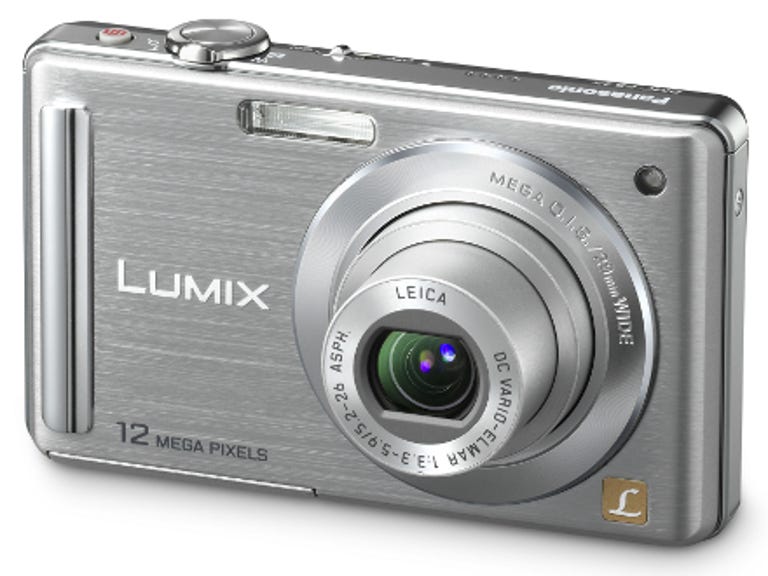 Why You Can Trust CNET
Why You Can Trust CNET Panasonic Lumix DMC-FS25 review: Panasonic Lumix DMC-FS25
The 12-megapixel Lumix DMC-FS25 provides the chance to get all the usual Panasonic tech in a cheaper, but still very decent, package. Detail in its pictures lacks bite, but the results are still good, and the design is robust and efficient, making for a worthwhile compact camera overall
The Lumix DMC-FS25 is one of Panasonic's more affordable compact cameras, but you still get 12 megapixels, a 5x wideangle zoom and the company's usual barrage of 'intelligent' automation. With a big, 76mm (3-inch) screen, and a good control layout, it looks like a pretty decent deal at around £160.
The Good
The Bad
The Bottom Line
Positives
Panasonic's compacts are really well made, but that's generally reflected in the price. The FS25 is an opportunity to get all the same technology in a slightly cheaper package. Even though the back of the camera is made of plastic rather than metal, it still feels like a good-quality compact.

The large screen features bigger icons than you get on some other Lumix models -- something that's presumably designed to appeal more to beginners. This emphasis is reflected in the control layout, too, which is actually very efficient. The big screen doesn't leave much room on the back for buttons, so Panasonic's opted for a small joystick controller rather than the usual directional buttons. It works pretty well, too, as long as you remember that there's no central 'OK' action -- there's a separate button for that.
There's no mode dial, but a mode button instead. This calls up a menu in which you can swap between standard mode, 'intelligent auto' and the scene modes. It works in conjunction with an intelligent-auto button on the top of the camera. You can press this in whatever mode you're in at the time to swap over to fully automatic shooting, and then press it again to get back to where you were.
Panasonic's always trumpeting its intelligent automation. The FS25 includes motion detection, face detection, image stabilisation, intelligent ISO and focus tracking. Between them, these check to see if the subject's moving, lock focus and ramp up the ISO as necessary to minimise any blur. The other two intelligent technologies are the automatic scene selector and an intelligent exposure system that tries to balance out bright and dark areas in high-contrast scenes.
Negatives
It's pretty hard to work out, though, if all this intelligent automation is actually making much difference. Maybe sometimes the camera will do something better in this mode than in the standard program AE mode, but don't count on it. It can work against you, too -- the autofocus tracking sounds like a good idea in principle because it should be able to maintain focus on moving subjects. The trouble is that, if there's a great deal going on in front of the camera, it dithers so long over what to focus on that the shot's long gone by the time it's ready.
Also, while there are a couple of scene modes which are well worth a look -- the 'grainy film' and 'pin hole' modes -- these are ultimately disappointing because they're limited to just 3 megapixels.
The most disappointing thing, though, is the image quality. It's not bad, but, for a 12-megapixel camera, it's not that good, either. Panasonic's 10-megapixel models (like the Lumix DMC-TZ7, for example), turn in some sharp, punchy pictures, but the FS25's start to get a hazy, gritty look about them when you zoom in to check the detail. It was the same story with the Lumix DMC-FX40, which we tested a few weeks back.
Conclusion
The Panasonic Lumix DMC-FS25 is a well-designed camera that's easy to use and well-specified, and it's slightly cheaper than the company's top-end compacts, too. The image quality is no better than a 10-megapixel camera's, though, which could leave you wondering why you bothered spending the extra money.
Edited by Charles Kloet
